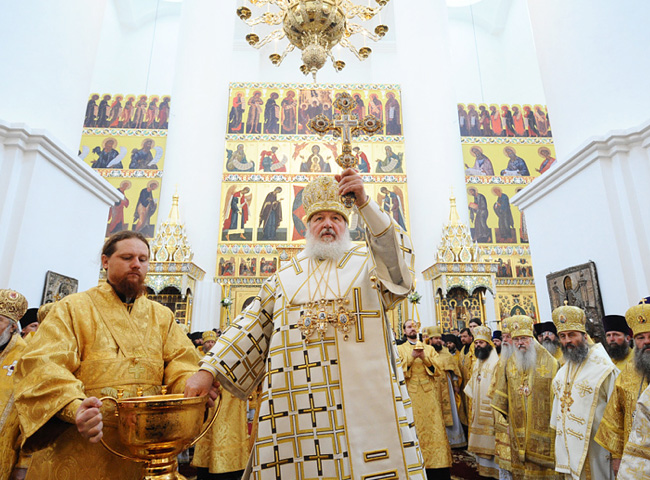The legend of the city’s foundation has it that the future Grand Prince of Kiev Yaroslav Vladimirovich, being at that time the Prince of Rostov Veliky, was inspecting his lands and met an unknown pagan tribe in the place where the Volga River and its tributary the Kotorosl River flow into each other. The locals were hostile towards the prince and set a ferocious she-bear on him. Yet the prince had no fear and killed the beast with a pole-axe. The pagans submitted themselves to the prince’s control and he decided to found a city with a fortress on this site in order for freight boats to sail freely across the Volga River and trades and crafts to be developed here. The city was named Yaroslavl after its founder.
Yaroslavl was the first Christian city on the Volga River. All this happened in the year 1010. Since then this beautiful city has been sitting on the Volga River and gladdening and astonishing its residents and visitors with its wondrous churches and architectural ensembles, cozy parks and unusual design of new buildings. Additionally, Yaroslavl has never changed its name.
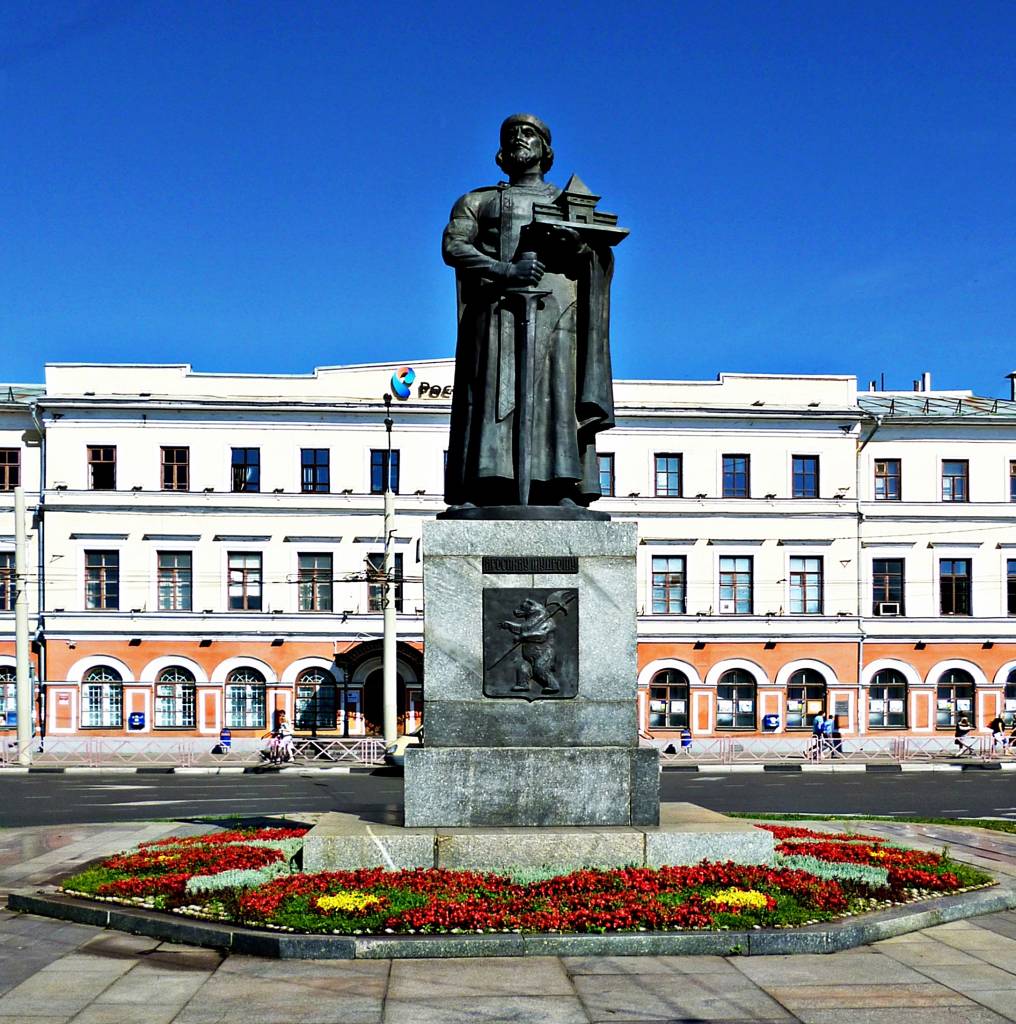
As the city was strategically and geographically in a favorable position, it became the strongpoint of princely
power and outpost for spread of Christianity in the Russian North East. By the


Yaroslavl was not only a developed commercial and crafts center, but also a center of culture. The development of book-learning, spread of education and a high literacy rate in different layers of society, the emergence of local chronicle writing, formation of architectural and art traditions determined the economic and cultural blossom of the city on the Volga.
The Yaroslavl rulers were close associates of the Great Moscow Princes in their internal and external political struggle. Yaroslavl people were among the first to answer the call of Moscow Prince Dmitry Donskoy and took part in the Battle of Kulikovo. The battle against the troops of Mamai Khan marked the beginning of liberation of Rus from the Tartar Mongol Yoke and the reunification of Russian lands. In the middle of the year 1463 the Yaroslavl Principality joined the centralized Moscow state.
In the 15th century, after the incorporation within the Moscow state, the city was given the honored title of the “sovereign’s native land”. In the 17th century the Moscow tsars bequeathed Yaroslavl and nearby volosts (districts) to the direct heirs of the throne. The state treasury was moved here in the event of danger.
In the early 17th century Yaroslavl played a crucial role in the events of the Time of Troubles as it became the
center of opposition to foreign invaders. In 1609 the city heroically withstood the siege of Polish-Lithuanian
interventionists. In 1612 Yaroslavl served as a temporary capital of Russia: the People’s Militia under the
command of Kuzma Minin and Dmitry Pozharsky was stationed in the city. The highest bodies of state authority
were established in Yaroslavl: the Council of all Russia was assembled, prikazes (central bodies of local and
economic administration) were established, and the mint was built.
The Council of all Russia consisted of representatives of the nobility, tradespeople, Cossacks, streltsy
(marksman troops), gunners. Being the capital of the Militia, Yaroslavl became the center for propagation of the
idea of national solidarity within the Russian lands. The Militia increased from 3,000 to 20,000 men while
residing in Yaroslavl. After it had gained enough strength and obtained financial support from Yaroslavl
merchants, the Militia advanced towards Moscow and freed the capital. Yaroslavl became the pillar of Russian
statehood: the ideas of national solidarity, legitimate governance, and defense of the state interests were
embodied here. Here the Russian people felt their national unity.
The election of the legitimate monarch Mikhail Romanov laid the foundations for revival of the country after the Time of Troubles. After assuming the throne the tsar did not forget the merits of Yaroslavl people and gave the city his assistance and support.

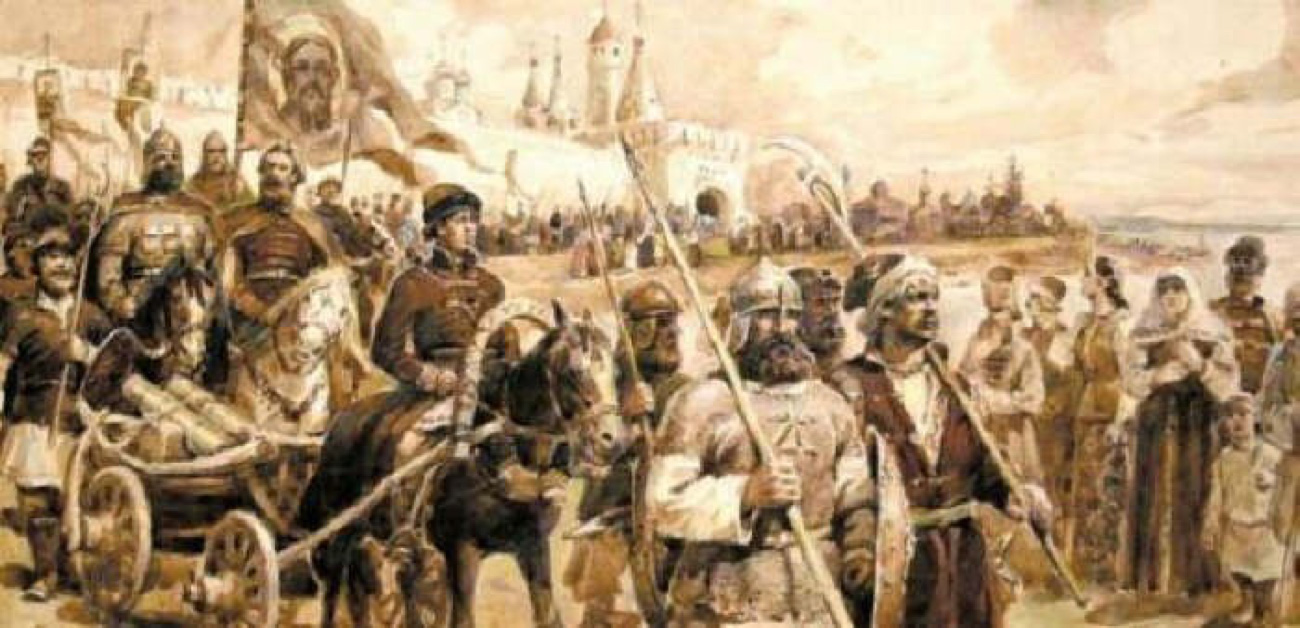
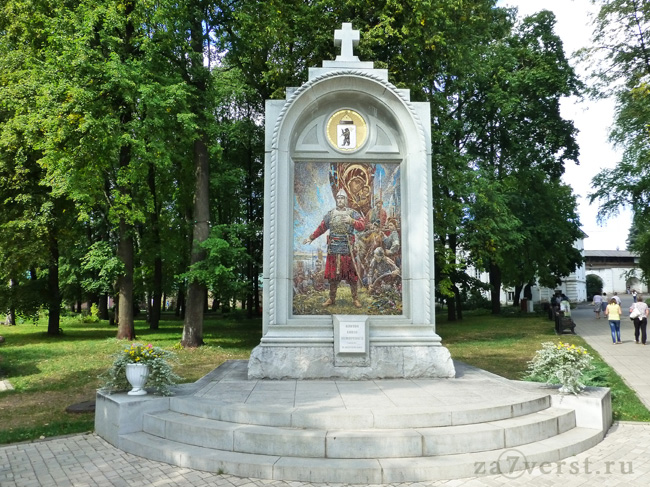
Within the so-called necklace of Russian cities surrounding Moscow, which has a gorgeous name the Golden Ring of
Russia, Yaroslavl is often compared to a pearl of exceptional beauty. It’s not for nothing that the city is part
of the global cultural heritage. The boom in Yaroslavl architecture started in the
Yaroslavl was at that time the second biggest Russian city after Moscow. The distinctive features of Yaroslavl
architecture such as a plethora of decorative components, the stately appearance of churches, the splendor of
mural decoration and the distinctive sonority of icons appeared during this time. The Church of St. Elijah the
Profit, fascinating with its frescoes, and the unique
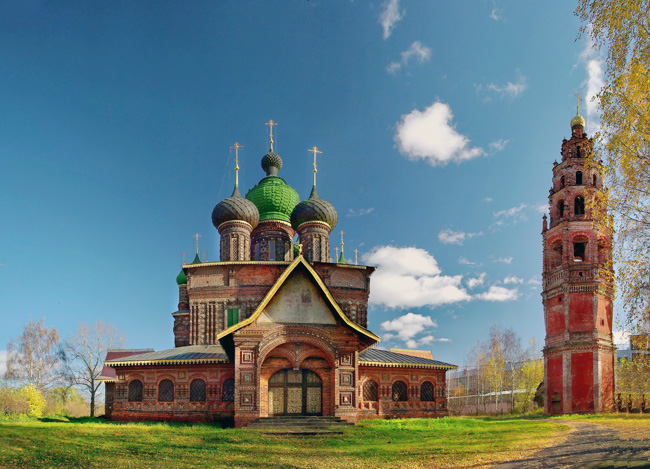
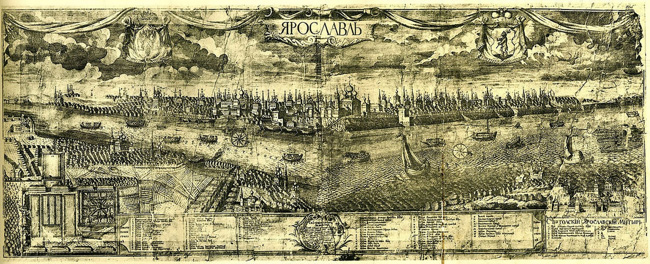
The first city brick residential buildings are the precious monuments of Russian civil architecture. The center of Yaroslavl, which was built according to a regular design developed in 1778, and approved by Catherine the Great, is a fine example of urban planning of Classicism period. Art Nouveau buildings constructed at the turn of the 20th century are the architectural pearls of the city landscape. The radial ring structure of the city, which remains intact until today is a real highlight of not only Yaroslavl, but all-Russia city planning.
Over the course of its history Yaroslavl has been actively involved in the defense of the motherland from a foreign enemy. The services of the people of Yaroslavl rendered to the Fatherland, their heroic feats performed at turning points of the national history are the worthy examples for current generations, instilling in them feeling of pride and patriotism.
Yaroslavl is the center of the Diocese of Yaroslavl and Rostov, which has more than 1000 years of history. The
diocese has been always well-known for its men of faith: three archbishops, who were its heads at various times,
were consecrated Patriarchs of Moscow and All Russia, eight canonized.
Many names which are sacred to the Russians are linked to the Yaroslavl land: one of the first Christian
missionaries in Rus Holy Hierarch Leontios of Rostov, the Blessed Sergius of Radonezh who is highly honored by
the Russians, defenders of the Fatherland the Blessed Prince Alexander Nevsky and Admiral Fyodor Ushakov, and
many others.
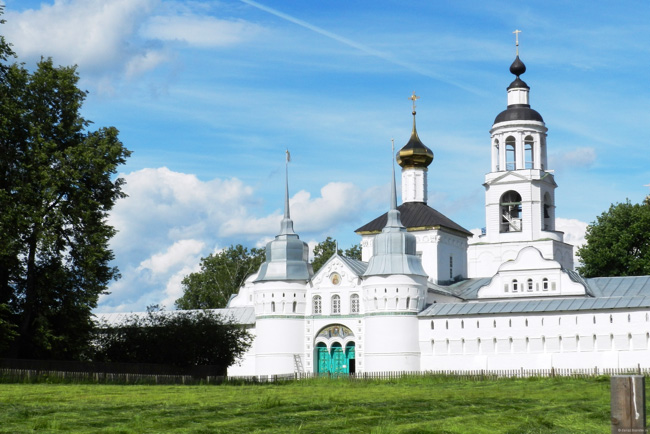
Industry
The 18th century was a critical period in the history of the city. After Saint Petersburg had been built, Yaroslavl started the transition from a trade to an industrial economic model. Yaroslavl was one of the key centers of the emerging Russian industry. Founded in the early 18th century by the order of Peter I, Yaroslavl Big Manufactory became one of the largest fabric production centers in the nation. The industrial growth continued in the 19th century and led to the opening of large enterprises. Textile, tobacco, chemical, and metal working plants formed the basis of the city economy.
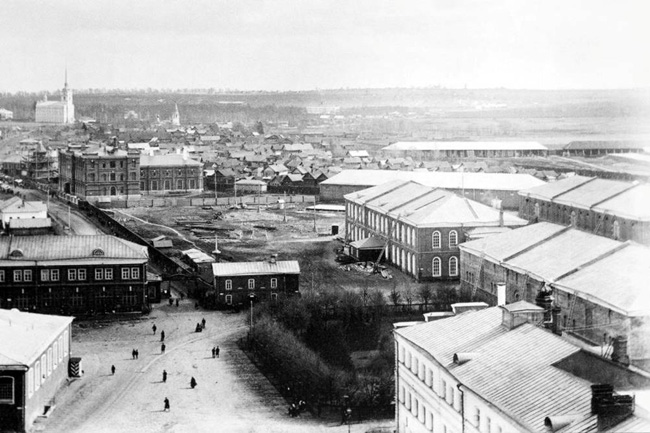
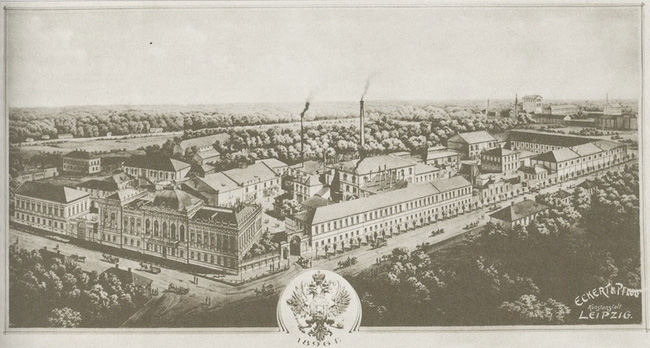
The economically advantageous location of the city and the flexible policy of local authorities created favorable conditions for business activity. Yaroslavl merchants who had made money on commercial operations, favored by tsars and patriarchs, were at the top of the Russian political elite and influenced political life. The names of the most important representatives of Yaroslavl trade and industrial elite were known nationwide: Skripins (merchants who ordered the construction of the splendid Church of St. Elijah the Prophet), Eliseev brothers (owners of the well-known stores), Petr Smirnov (millionaire and the Russian vodka king), Pastukhovs (kings of the metal market), Dunaevs, Vakhromeevs, and Olovyanishnikovs (well-off entrepreneurs and philanthropists).
In the modern and contemporary period of history the role of the city as a large industrial and cultural center of Russia has risen. The 20th century gave new momentum to the development of industrial production in Yaroslavl. In terms of economy the city gained the position in the lead compared to many other Central Russian cities.

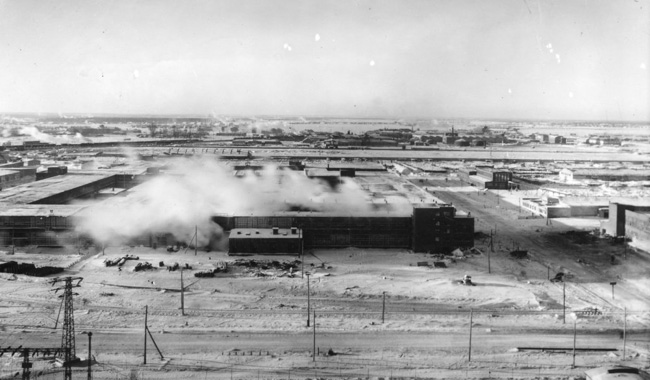
Starting from the years of first industrialization pyatiletkas (five-year plans) the city played an important
role in the plans for transformation and revival of the Soviet state economy. Highly-developed infrastructure,
transportation lines, qualified labor force, research and production base predetermined the transformation of
Yaroslavl into the largest industrial and transport center of the country. By the 1950s the city was among the
top 10 industrial cities of the Soviet Union. Yaroslavl became a city of industrial giants.
The Soviet period left its mark on the appearance of Yaroslavl. Rapid development of industry and transport
facilitated its transformation into a modern city. During the Soviet period Yaroslavl was “dressed in green”:
numerous parks, gardens, and lawns made it one of the greenest and coziest cities of Povolzhye (the Volga
basin).
In 1971 Yaroslavl was awarded the Order of the Red Banner of Labor. In 1985 the city achieved another award –
the Order of the October Revolution – in recognition of Yaroslavl’s 975th anniversary.
The innovative and science-driven Yaroslavl industry gave the country the first dump-truck, trolleybus, diesel
engine, the world’s first artificial rubber tyre. Today the city has a highly-developed and diversified
production sector with some high-tech industries. Yaroslavl manufacturers of automotive engines, aircraft and
automotive tyres, paint, varnish and chemical products hold leading positions in Russia. High potential for
economic growth in Yaroslavl attracts Russian and foreign investors to the city.
Men of Talent and Achievements
The city gave Russia the first public national theatre which was founded by a son of a merchant Fedor Volkov in 1750. The most famous monument of Old Russian literature The Lay of Igor’s Campaign, which influenced the development of world art, was found in Yaroslavl. The Yaroslavl land raised Valentina Tereshkova, the first female cosmonaut in the world, who flew in space in 1963. The first Russian animation film to win an Oscar was The Old Man and the Sea made by Yaroslavl animator Aleksandr Petrov.
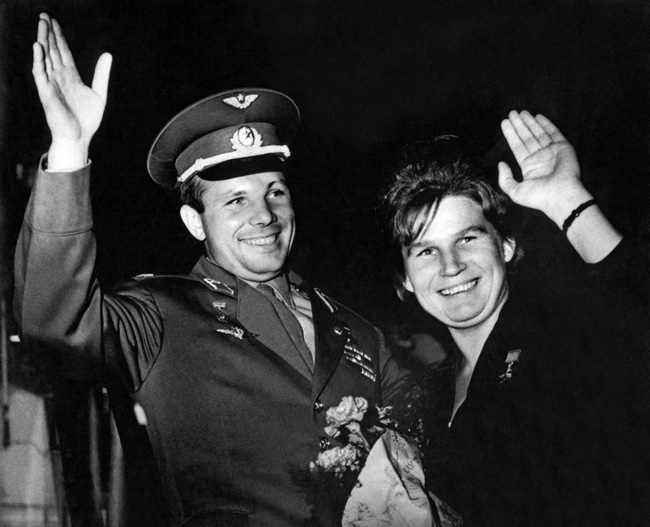
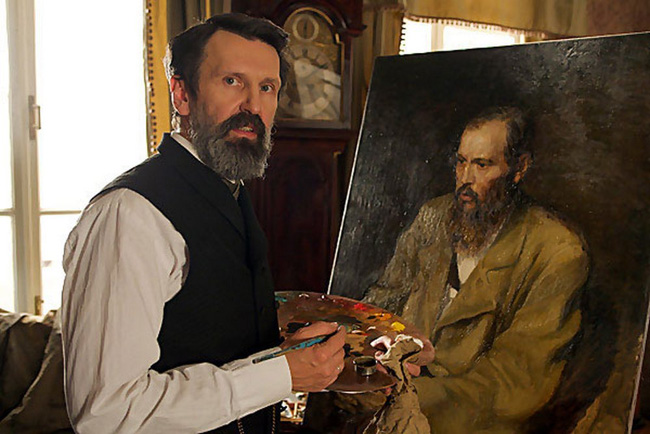
Architecture
The unique city planning of Yaroslavl has been recognized by the world cultural community. In 2005, according to the decision of the 29th session of the UNESCO World Heritage Committee, the historic center of Yaroslavl was included to the World Heritage List as an architectural monument. Yaroslavl became the third Russian city, after Saint Petersburg and Novgorod, to be included in this honorable list of world architectural monuments. In the so-called UNESCO zone of our city there are 140 monuments of architecture, including unique churches of the 16-18th centuries.
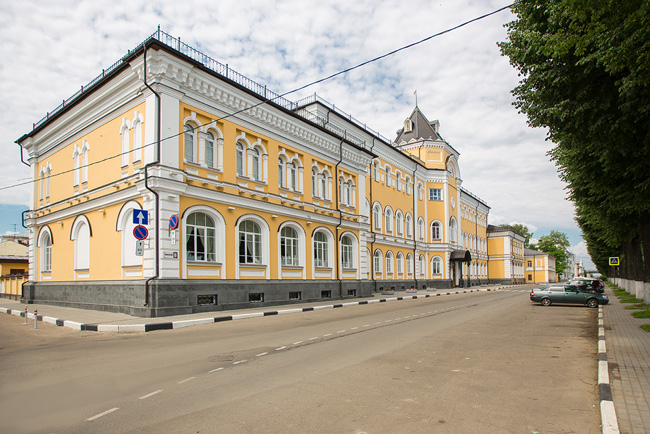
The architectural heritage of the city and historical environment are well-preserved, it reflects the continuity in the development of the ancient city until modern times. The cultural heritage objects are actual historical buildings, which have been preserved up to now without substantial reconstruction. The unique thing about Yaroslavl is that within its limits there are buildings of almost all architectural styles from several centuries.
Cosmopolitan city
Yaroslavl is a Russian city historically, but multinational and multi-religious by nature. It is a place where tolerance, peace, and harmony always prevail. There are 19 national communities in the city, an active synagogue, mosque, Lutheran church. Yaroslavl has never experienced religious strife. Here one of the first regional branches of the Assembly of the Peoples of Russia opened. This organization unites Byelorussians and Ukrainians, Tatars and Poles, Georgians and Armenians, Chechens and the Ingush people, Azerbaijanis and Ossetians, Germans and Jews.
The successful cooperation between the Mayor’s Office and national communities, peaceful coexistence and the creative cooperation of people of different nationalities serve an example of solution to ethnic problems in other Russian cities.
Yaroslavl maintains and develops the ties of friendship with cities in other countries, including seven foreign sister cities Jyväskylä (Finland), Poitiers (France), Coimbra (Portugal), Kassel and Hanau (Germany), Burlington (USA), and Exeter (Great Britain). In 2003 and 2007 Yaroslavl has been consistently awarded two high distinctions – the Council of Europe Flag and Plaque of Honor for the contribution to the development of international relations.
People of Yaroslavl have always stood behind all remarkable achievements of the city. Orientation towards leadership and success, energy and entrepreneurial spirit, curiosity and creativity of Yaroslavl citizens became the basement for dynamic development and prosperity of the city.
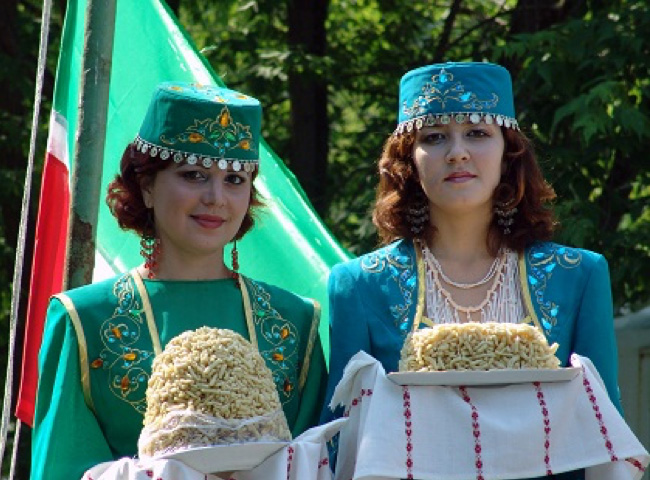
Millennial city
Yaroslavl witnessed a solemn and massive celebration of its 1000th birthday. The festivities organized on September 10-12, 2010 were devoted to the great jubilee of one of the most ancient cities of our country.
Yaroslavl has created many bright chapters of history, contributed to consolidation of Russian statehood, economy, culture and defense capability of the country. Official delegations, Yaroslavl citizens, numerous visitors from all over Russia and other countries took part in the jubilee festivities. The festivities included opening ceremonies of the 1000 Years of Yaroslavl monument, a Komatsu plant and the second stage of the Yaroslavl Zoo, concerts by Russian pop-stars and on-stage performance groups, sport and youth events, exhibitions, creative actions.
